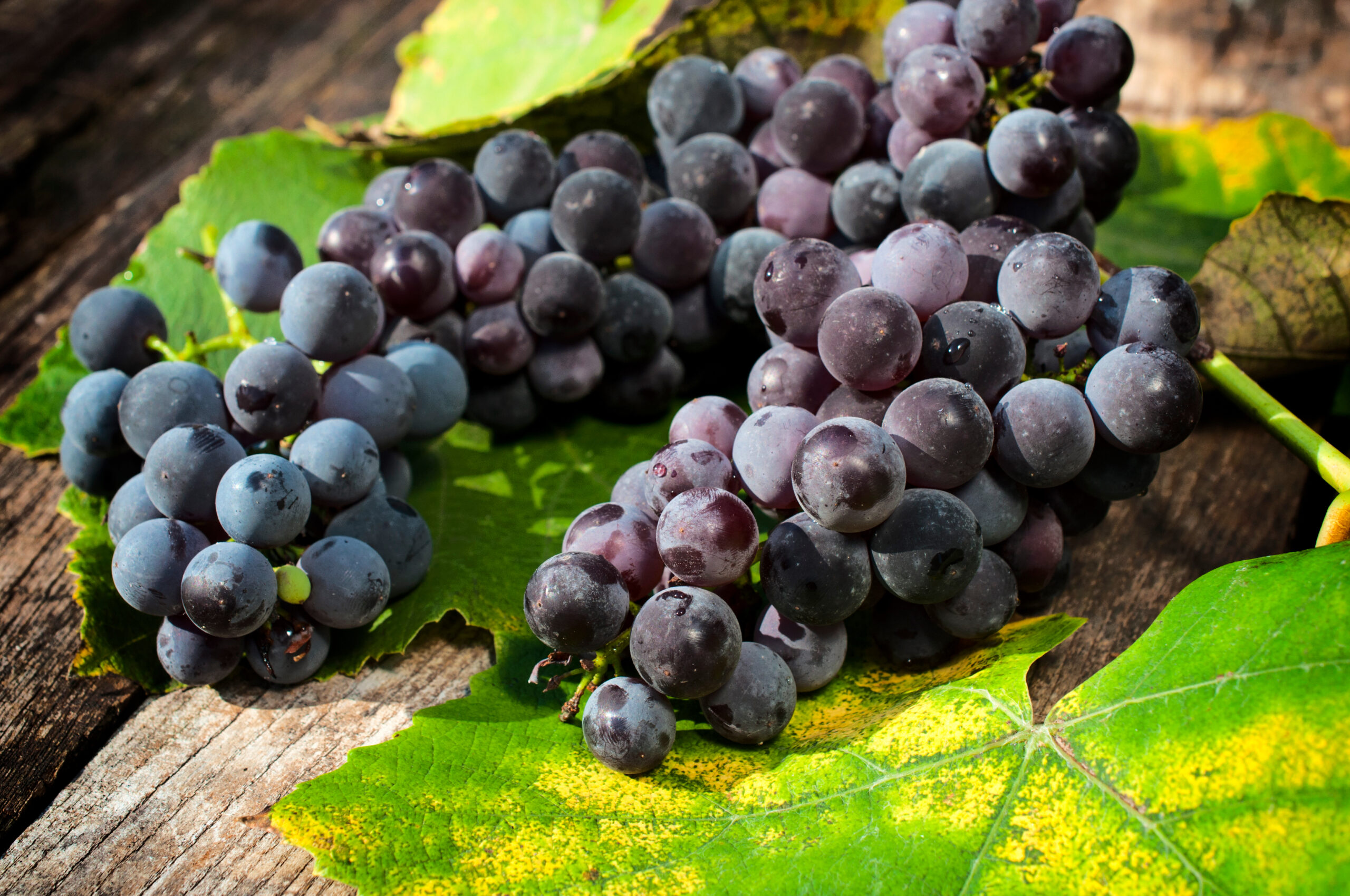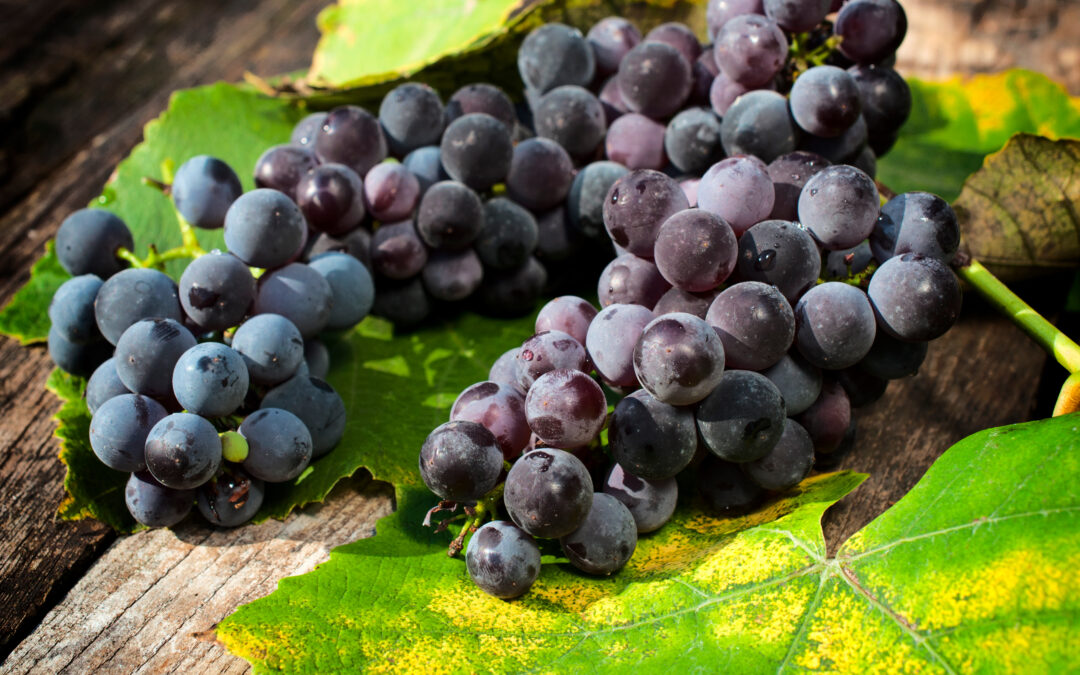Are you tired of buying produce that has been picked too early, shipped long distances and stored improperly? Do you want to know exactly where your food comes from and how it was grown? If so, home farming may be the answer for you. In this blog post, we will cover everything you need to know about starting your own homestead.
Introduction to Home Farming
Home farming is a great way to grow your own fresh fruits and vegetables while also raising animals such as chickens or goats. It can provide a sense of self-sufficiency and independence while also reducing your carbon footprint by eliminating the need for transportation and storage of goods. With proper planning and execution, home farming can be an enjoyable hobby or even a profitable business venture.
Choosing the Right Plants and Animals for Your Homestead
The first step in home farming is choosing the right plants and animals for your homestead. Consider the climate and soil conditions in your area when selecting crops. Research which plants are best suited for your region’s growing season and weather patterns. When it comes to livestock, consider what type of animal would work best with your lifestyle and goals. Chickens are a popular choice because they require little space and produce eggs daily. Pigs and goats are also good options if you have more land available.
Preparing Your Land for Planting
Once you have selected your crops and animals, it’s time to prepare your land for planting. Clear any existing growth and remove rocks or debris from the area. Test the pH level of your soil to ensure it is suitable for your chosen crops. Add compost or other organic matter to improve soil quality and fertility. Create raised beds or rows for planting seeds or seedlings.
Building a Sustainable Garden
A sustainable garden is one that maintains its productivity over time without causing harm to the environment. Use natural methods such as crop rotation, companion planting, and mulching to keep your garden healthy and thriving. Avoid using synthetic chemicals or pesticides that could contaminate nearby water sources or harm beneficial insects.
Raising Chickens, Pigs or Goats
If you decide to raise livestock on your homestead, there are several things to consider. First, make sure you have adequate housing and shelter for your animals. This includes providing clean bedding, access to water and feed, and protection from predators. Also, research local laws regarding livestock ownership and obtain any necessary permits or licenses before beginning.
Harvesting and Preserving Your Crops
When harvesting your crops, use care not to damage the plants or pick them prematurely. Depending on the type of crop, you may wish to preserve some of your yield for later use. Canning, freezing, drying, or fermenting are all common techniques used to extend the life of fresh produce.
Maintaining Soil Fertility and Quality
To maintain soil fertility and quality, continue adding organic matter such as compost or manure to your garden beds. Rotate crops regularly to avoid depleting nutrients in the soil. Keep track of your yields each year and adjust your planting schedule accordingly.
Common Problems and Solutions in Home Farming
As with any agricultural endeavor, home farming presents unique challenges and obstacles. Common problems include pests, diseases, poor soil quality, and unpredictable weather patterns. To address these issues, consider implementing integrated pest management practices, using disease-resistant varieties of plants, amending soil with organic matter, and diversifying your crops to reduce risk.

The Benefits of Home Farming
There are many benefits to home farming beyond just producing your own food. It provides opportunities for exercise and outdoor activity, promotes sustainability and environmental awareness, fosters community connections through sharing excess produce, and can lead to significant cost savings over time.
Conclusion: Taking the First Steps Towards Starting Your Own Homestead
Starting your own homestead can seem daunting at first, but with careful planning and attention to detail, anyone can achieve success. Start small and learn as you go, seeking guidance from experienced farmers or online resources. Remember to take advantage of local climate and soil conditions, choose appropriate crops and animals, and prioritize sustainability and conservation efforts. Good luck!





